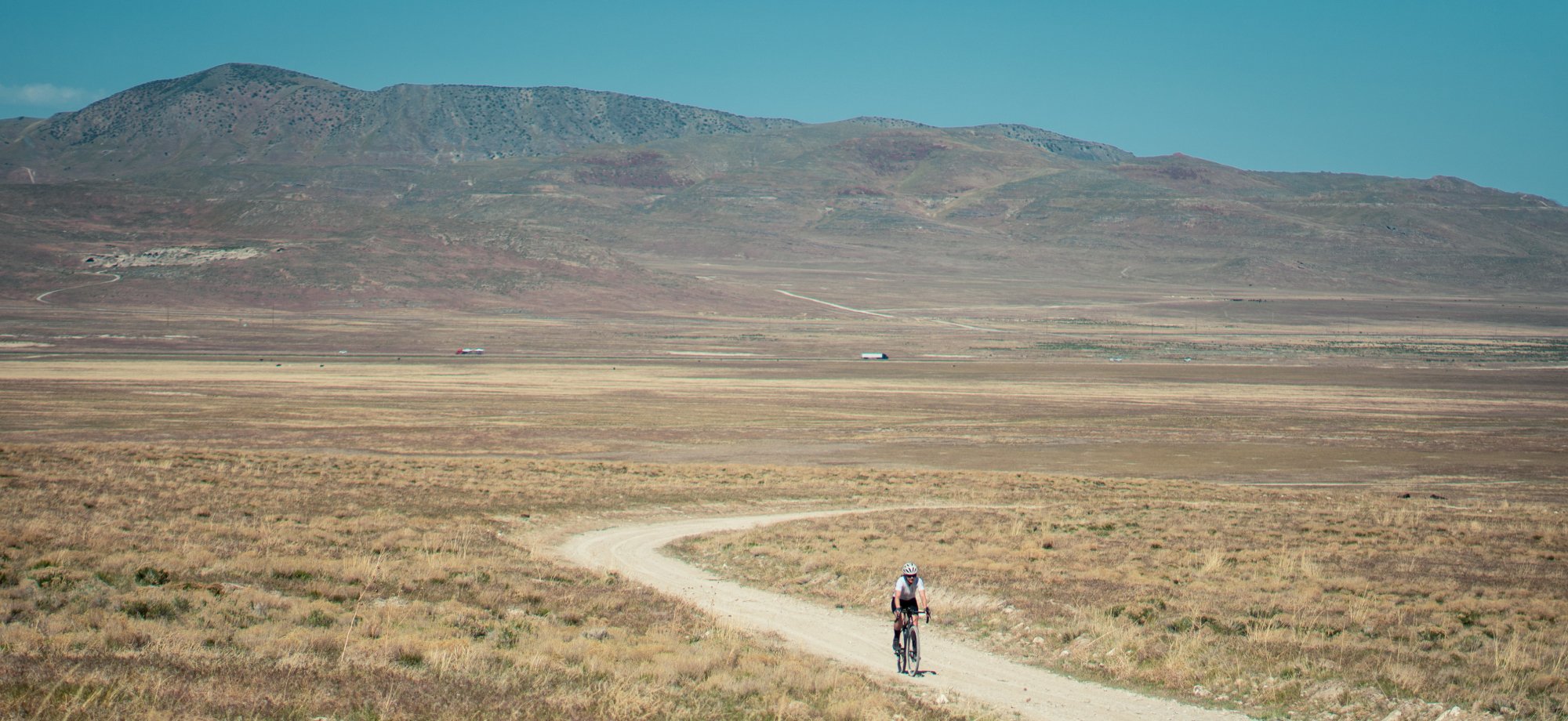A Brief History of Gravel Riding
What's Old Is New Again

We've written elsewhere that gravel cycling is defined by three things: its community, its culture, and its equipment. While the gravel boom in the past few years has a relatively short history, the kinds of things gravel riders do--venturing into rough, rural spaces seeking good times and good people--are as old as the bicycle itself. Read on to learn a little more about the history of gravel riding and the proliferation of gravel racing in the USA.

Getting Lost in the Weeds
Cycling's first road races looked a lot like today's gravel races. Paris-Roubaix, Milan-San Remo, and the first Tour de France sent racers on courses of dirt and cobbles and rough pavement in inclement weather for 250 miles or more in a single day. Its first mountain bike races also had the trappings of a modern gravel race. In 1976 both the Bidwell Bump and Repack pressed participants to climb and descend technical fire roads on skinny-tired lightweights and fat-tired klunkers.
As early mountain bikers started fabricating custom frames and parts to accommodate the rougher terrain, their early '90s designs coalesced toward geometries very similar to the modern gravel bike. But mountain biking evolved as singletrack networks improved, and its bikes became slacker and bigger and squishier to take on steeper and steeper challenges. Cyclists looking to travel fast on unpaved roads turned to another discipline--cyclocross--for equipment to meet their needs. That's why a rider on a cyclocross bike won the first edition of the event that kicked off the modern gravel movement in 2005.

Midwest Roots
While there are examples of cyclists who carried the fat-tire adventure-cycling torch in the 1980s and 90s--Chico local Chuck "Bodfish" Elliot comes to mind--the modern gravel movement in America traces its roots to 2005, when an ubiquitous character called Guitar Ted put together a 350-mile one-day epic called the Trans-Iowa. Although only nine out of 51 cyclists finished the first Trans-Iowa, the event inspired a more-achievable cousin in Kansas the following year called the Dirty Kanza.
In 2006, the Dirty Kanza saw 34 starters and fifteen finishers and was won on a custom Steelman cyclocross bike. Now called Unbound Gravel, the 200-mile race has become so popular its participants must first win a lottery to register. Ultra endurance gravel cyclists from around the world compete in the modern iteration, which takes riders across the rolling Flint Hills around Emporia, through mud and hail and the incessant winds of the Great Plains.

Farther West
Six years after the inaugural Trans-Iowa, a San Diego local with Belgian ancestry wanted to put together an event that imitated the European classics like the Tour of Flanders, and the Belgian Waffle Ride was born. In 2011 the first edition set off with just 136 local racers. In lieu of cobbles, its creator sent participants over lengthy sectors of dusty, unpaved track. Enthusiasm for this sort of long-distance mixed surface event was spreading across the country, and in Performance's neck of the woods it manifested as the Lost And Found Bike Race in 2014 and Grinduro in 2015. By then the term "gravel grinder" had become a part of bicycling lexicon. Nowadays, Grinduro does six events in Europe, the USA, and Japan, Lost & Found sees thousands of entrants, and there are Belgian Waffle Rides scattered across North America.

Evolution of Design
Although Trans-Iowa, Unbound Gravel, BWR, Lost & Found, and Grinduro all saw cyclocross bikes win their early editions, it took both riders and manufacturers a decade to figure out how to approach the burgeoning discipline. When competitor Carl Decker built his machine for the 2016 Lost & Found, he settled on a cross-country mountain bike and won the whole thing. And when Lael Wilcox won the 350-mile version of Unbound Gravel in 2019 in a blistering 23 hours, 51 minutes, she did so on a cross-country hardtail equipped with drop bars!
One of the most interesting parts of gravel races is that their extreme conditions benefit certain tradeoffs you'd never see in a road race. In a road race, lighter is always preferred. Lighter tires, lighter frames, lighter components. But in a gravel race, durability and simplicity can make the difference between finishing at the front of the pack or waiting in the sun or the wind or the hail for the sag wagon. If you decide to try an event for yourself, don't be surprised if you see that 90's mountain bike zip right on past.

Gravel Today
Although gravel races are the most visible celebrations of the sport, they are only a part of the culture that makes the discipline so special. Now that nimble, fat-tired bikes can be bought off the shelf, more and more people are able to enjoy shop and club rides into the hither and yon. And if their local community doesn't have a weekly ride, they can start their own. There are hundreds of non-competitive gravel events that serve as touchpoints for community engagement, and one of the best things about a gravel bike is that you only need a set of slick tires to make it perfectly capable for a road ride.

Related Articles:
GRAVEL RIDING HOMEPAGE
Looking to change up your ride? Dive into gravel cycling. Recently, gravel riding has seen a huge boom, and for good reasons: it's fun, challenging, and super rewarding.
Learn More

